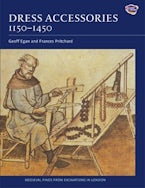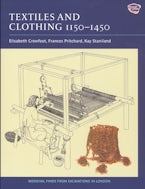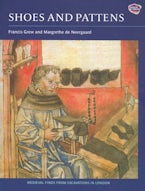
Title Details
202 Pages
24.6 x 18.9 cm
42 b/w. 90 line.
Series: Medieval Finds from Excavations in London
Series Vol. Number:
5
Imprint: Boydell Press
The Medieval Horse and its Equipment, c.1150-1450
- Description
- Reviews
Over 400 recent finds associated with horses and excavated in London, from the utilitarian to the highly decorated, illustrated and discussed.
Whether knight's charger or beast of burden, horses played a vital role in medieval life. The wealth of medieval finds excavated in London in recent years has, not surprisingly, included many objects associated with horses. This catalogue illustrates and discusses over four hundred such objects, among them harness, horseshoes, spurs and curry combs, from the utilitarian to highly decorative pieces. London served by horse traffic comes vividly in view.
The introductory chapter draws on historical as well as archaeological sources to consider the role of the horse in medieval London. It looks at the price of horses and the costs of maintaining them, the hiring of 'hackneys' forriding, the use of carts in and around London, and the work of the 'marshal' or farrier. It discusses the evidence for the size of medieval horses and includes a survey of finds of medieval horse skeletons from London. It answersthe key questions, how large a 'Great Horse' was, and why it took three horses to pull a cart.
This is a basic work of reference for archaeologists and those studying medieval artefacts, and absorbing reading for everyone interested in the history of the horse and its use by humankind.
JOHN CLARK is Curator (Medieval) at the Museum of London.
Whether knight's charger or beast of burden, horses played a vital role in medieval life. The wealth of medieval finds excavated in London in recent years has, not surprisingly, included many objects associated with horses. This catalogue illustrates and discusses over four hundred such objects, among them harness, horseshoes, spurs and curry combs, from the utilitarian to highly decorative pieces. London served by horse traffic comes vividly in view.
The introductory chapter draws on historical as well as archaeological sources to consider the role of the horse in medieval London. It looks at the price of horses and the costs of maintaining them, the hiring of 'hackneys' forriding, the use of carts in and around London, and the work of the 'marshal' or farrier. It discusses the evidence for the size of medieval horses and includes a survey of finds of medieval horse skeletons from London. It answersthe key questions, how large a 'Great Horse' was, and why it took three horses to pull a cart.
This is a basic work of reference for archaeologists and those studying medieval artefacts, and absorbing reading for everyone interested in the history of the horse and its use by humankind.
JOHN CLARK is Curator (Medieval) at the Museum of London.
"A fascinating book. This is a basic work of reference for archaeologists and those studying medieval artefacts." TREASURE HUNTING
"Provides a thorough insight into the horse, its work and the people who depended on it in the city of London." THE RICARDIAN
"This volume provides many paths into the intricate history of the medieval world. Such a book, focused on the object, reminds us of the evocative power of certain otherwise-humble finds. ... A worthy reference book, one which in its presentation of both commonplace and unusual objects increases our knowledge of the physical reality in which the medieval individual lived." THE MEDIEVAL REVIEW
"A very highly recommended book that should be a required reading for living history or equestrian followers everywhere." WWW.RANDLESREVIEWS.CO.UK
Paperback
9781843836797
May 2011
$36.95 / £24.99
Title Details
202 Pages
2.46 x 1.89 cm
42 b/w. 90 line.
Series: Medieval Finds from Excavations in London
Series Vol. Number:
5
Imprint: Boydell Press






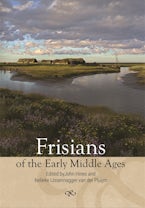


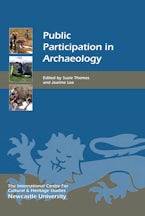
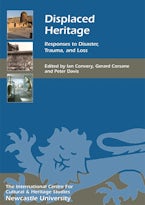


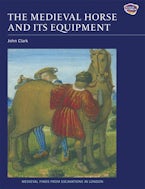
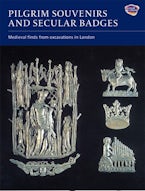
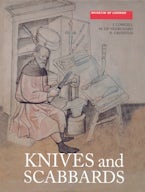
![Medieval Finds from Excavations in London [7 volume set]](https://boydell-brewer-uk.imgix.net/covers/9781843837145.jpg?auto=format&w=145)
